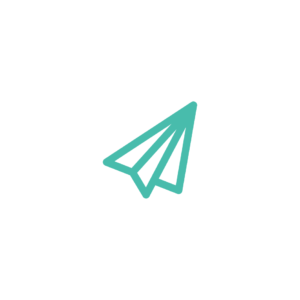The Practice of Collaboration 3: What if Siemens knew what Siemens knows?
 Opening up your mind is at the core of engaging with new ideas and collaborating with others . In ecloo’s visual language it is represented through the above symbol: a light paper plane which takes its course freely. Opening people’s minds is not something that can or should be forced but maybe it can be encouraged or stimulated. Sometimes people fear to open up to enter a new territory, work with others in new ways and reinvent themselves or the company they work for. This 3rd exercise in the ecloo series of Practice of Collaboration is suggesting one way by which a safe space can be created helping people to think of new ways to do things, work together and to open up to new possibilities.
Opening up your mind is at the core of engaging with new ideas and collaborating with others . In ecloo’s visual language it is represented through the above symbol: a light paper plane which takes its course freely. Opening people’s minds is not something that can or should be forced but maybe it can be encouraged or stimulated. Sometimes people fear to open up to enter a new territory, work with others in new ways and reinvent themselves or the company they work for. This 3rd exercise in the ecloo series of Practice of Collaboration is suggesting one way by which a safe space can be created helping people to think of new ways to do things, work together and to open up to new possibilities.Purpose of the Exercise: What if Siemens knew what Siemens knows?
What if Siemens knew what Siemens knows? This old German business saying is an example of a question that makes people think and re-imagine knowledge sharing in new ways. In the case of a large company like Siemens it means that chances are very high that someone who has a question or problem to solve will find someone else inside the company with an answer. The challenge is to find that person! This question can be a starting point to think of what systems and communication to design to allow for better knowledge sharing at Siemens.
In the context of collaboration, What if…. questions are a powerful way to open up people’s minds and encourage them to engage with one another to reinvent their organization or solve a difficult problem.
How To Develop Powerful What If… Questions ?
When you work with a group of people, introduce the session by showing the ecloo Open Mind card (the paper plane) and explain how through questions, people start seeing reality and opportunities in new ways. Use the Siemens What if… question from above to illustrate your point.
- Translate the initial question into your context to read: What if our company knew what it knows? (in other words, what if we were better at sharing knowledge and connecting?). Then ask people to form groups of 3 and have them report back the results in plenary. Write down the main results on separate index cards and put them visibly on a flip chart paper.
- After report back, summarize what the impact of improved knowledge sharing would be in your organization.
- Now, explain to your group that the goal is to identify powerful questions, in other words questions that open up people’s minds and address the relevant issues.
- Next ask people to form groups of 3 that are as diverse as possible (ask people to walk around and agree amongst themselves how they form these diverse groups). Each group has to come up with 3 What if…. Questions. Each group now works for about 15 minutes to identify those 3 questions.
- Once groups have completed their tasks, have each of them read their questions out loud and put them up on a wall or a flip chart paper.
- Then give 3 dots to each person and ask them to assign points to the questions they find most useful to open up their minds and most relevant for the company.
- Post the 3 questions which received the most points in a place visible for as many people as possible for the coming weeks or months. If you are in a Visioning or Strategy process, these 3 questions may continue to be useful to help guide the process.
Applying this in Your Organization
You can run such exercises with any groups in your company. The more diverse the group, the better as it will create more engaging and maybe challenging questions. Identifying these questions is not an easy task which shows that often asking powerful questions can be more difficult than coming up with the right answers. This exercise is powerful in a process of problem solving in groups, creating a vision and strategy for a company or simply helping people think outside the box. It is a way of getting people to engage with one another and innovate. We wish you and your group lots of inspiration and many minds opening up!
Help for Facilitators
Below are a few more examples of What if… questions that may help you guide your group through this process. But note: They are just examples to help people generate their own What if… questions:
- What if we reinvented our organization?
- What if people in our company were inspired at work?
- What if we started working together more closely?
- What if my company started creating positive social impact? Or: What if my NGO started making profit?
- What if we collaborated with our customers?
- What if my organization knew what it knows?
- ….
- ….
